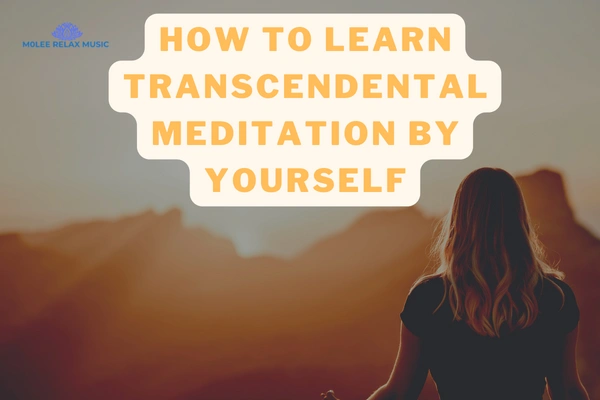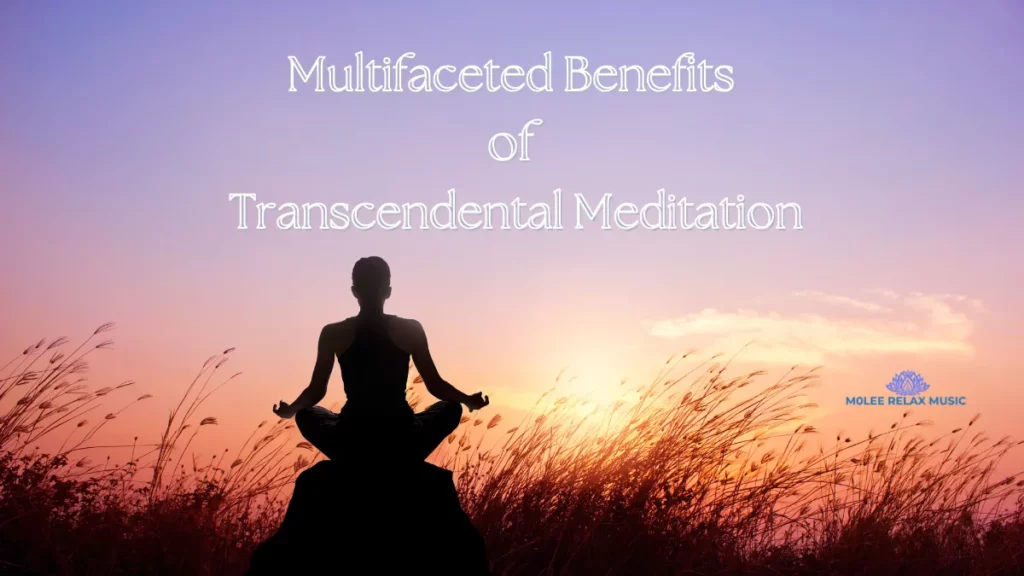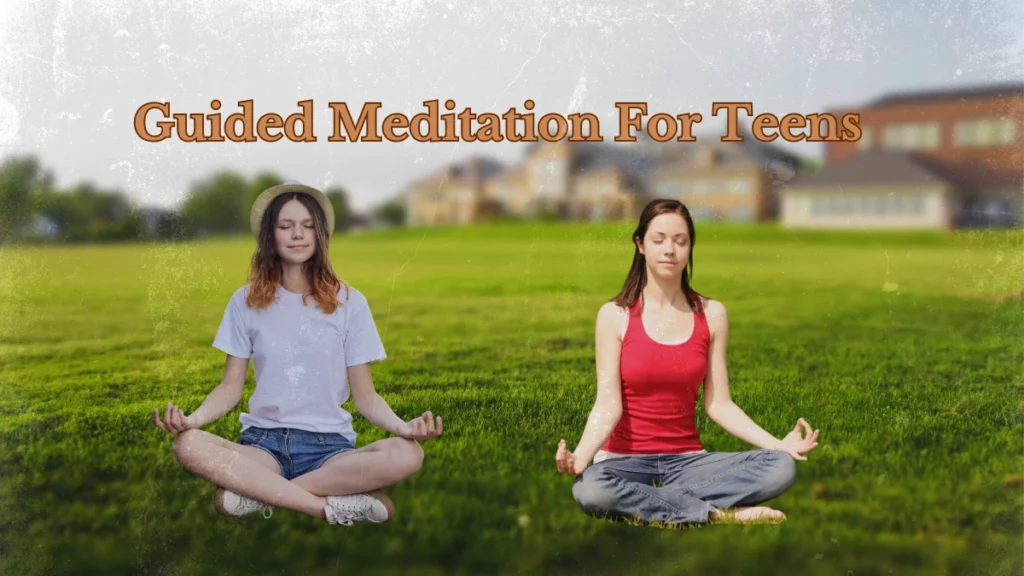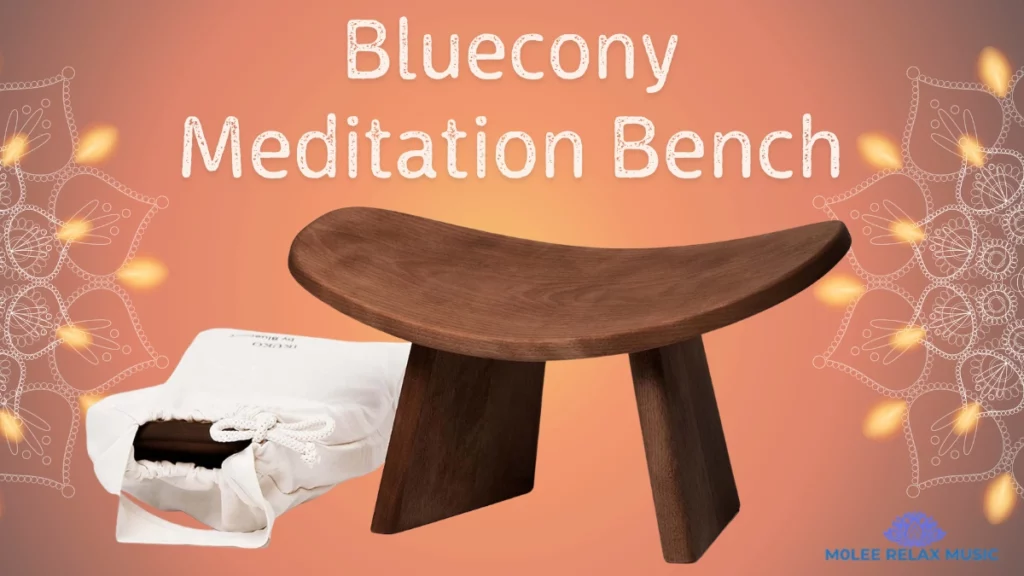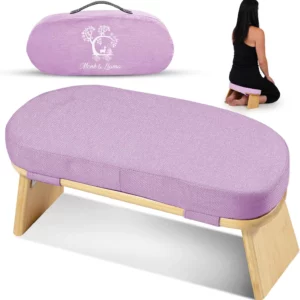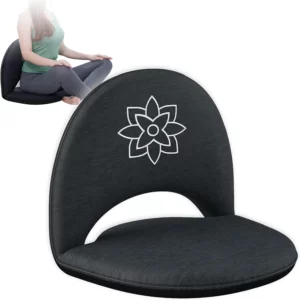|
Getting your Trinity Audio player ready…
|
In our busy lives, finding calm moments can be really important. Transcendental Meditation (TM) is a way to relax deeply and get to know ourselves better. Imagine if you could learn this special meditation all by yourself, in your own cozy space.
This guide will show you how to learn transcendental meditation by yourself. We’ll talk about learning Transcendental Meditation step by step on your own. It’s like taking a personal journey to find peace inside you, and you get to go at your own speed.
Whether you’re new to meditation or know a bit, let’s explore together how you can enjoy Transcendental Meditation your own way.
- Personal Empowerment through Learning TM by Yourself
- Core Principles of Transcendental Meditation
- Creating Your Transcendental Meditation Action Plan
- Preparing Your Meditation Space
- Choosing Your Personal Mantra
- Step-by-Step Self-Instruction
- Navigating Thoughts and Distractions
- Progressing in Your Practice
- Deepening Your Experience
- Monitoring Your Progress
- Ending Your Meditation
- Overcoming Challenges in Your Transcendental Meditation Journey
- Conclusion on Embrace Your Transcendental Meditation Journey
- FAQs on how to learn transcendental meditation by yourself
- What is Transcendental Meditation, and Can I Learn It on My Own?
- How Do I Choose the Right Personal Mantra for My TM Practice?
- What Should I Do If I Can't Stop My Mind from Wandering During Meditation?
- How Can I Stay Motivated to Practice TM Regularly?
- What Benefits Can I Expect from Self-Taught Transcendental Meditation?
Personal Empowerment through Learning TM by Yourself
Discovering how to practice Transcendental Meditation (TM) on your own is like unlocking a special power within you. Think of it as having your own secret path to a calmer and more understanding version of yourself.
When you learn TM on your own, you’re the one in charge. You get to pick the time and place that suits you best, creating a cozy meditation corner that feels just right. This personal touch makes your meditation experience truly yours, something that fits into your life seamlessly.
As you follow the step-by-step instructions at your own pace, you become the captain of your meditation journey. It’s like steering a ship toward a tranquil sea of self-awareness. This voyage reminds you of your own inner strength and the remarkable ability you possess to guide yourself toward a state of peace.
Learning TM on your own is like finding a hidden treasure within yourself and realizing that you hold the key to unlocking it. So, embrace the empowerment that accompanies the journey of self-discovery through learning TM independently.
It’s not just about meditation; it’s about recognizing your capacity to bring serenity and balance into your life, whenever you need it.
Core Principles of Transcendental Meditation
- Inner Calmness: TM focuses on achieving deep inner calm and quieting the mind.
- Naturalness: It’s a simple and effortless technique, allowing thoughts to come and go.
- Transcending: TM aims to go beyond ordinary thinking to a more restful state.
- Self-Awareness: The practice helps you understand yourself better over time.
- Non-Religious: TM isn’t tied to any specific beliefs; it’s for everyone.
- Twice a Day: Practicing TM twice daily enhances its effectiveness.
- Personal Mantra: A chosen word or sound helps guide your meditation.
- Independent Practice: You can practice TM on your own, making it adaptable to your lifestyle.
- Universal Benefits: TM’s benefits extend to all aspects of life, from stress reduction to improved focus.
Creating Your Transcendental Meditation Action Plan
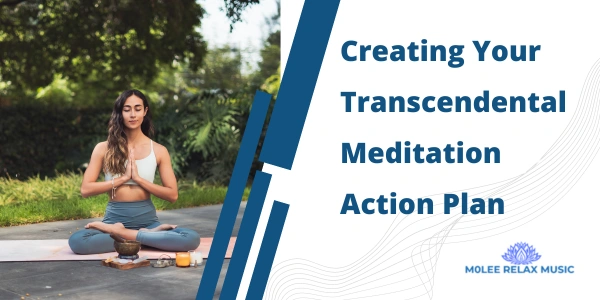
Getting started with Transcendental Meditation (TM) is an exciting journey of self-discovery and tranquility. Follow this step-by-step action plan to embark on your meditation practice and experience the benefits of inner calm and mindfulness.
Preparing Your Meditation Space
- Find a quiet corner: Choose a spot where you won’t be easily disturbed.
- Make it comfy: Add cushions or a cozy chair to sit on during meditation.
- Cluttering: Keep the space tidy to help clear your mind.
Choosing Your Personal Mantra
- Research mantras: Learn about different mantras and their meanings.
- Pick a word that resonates: Choose a mantra that feels calming and meaningful to you.
Step-by-Step Self-Instruction
- Sit Comfortably: Find a relaxed yet alert posture.
- Close Your Eyes: Gently shut your eyes to reduce distractions.
- Start Repetition: Begin silently repeating your chosen mantra.
Navigating Thoughts and Distractions
- Acknowledge thoughts: If your mind wanders, gently return to your mantra.
- Be patient: It’s normal for thoughts to come and go; don’t be hard on yourself.
Progressing in Your Practice
- Consistency: Practice twice a day for better results.
- Gradually Lengthen Sessions: Start with a few minutes and slowly increase over time.
Deepening Your Experience
- Focus on Breathing: Pay attention to your breath to enhance relaxation.
- Mantra Refinement: Let the mantra come more naturally as you get comfortable.

Monitoring Your Progress
- Keep a journal: Note your experiences, insights, and any changes you notice.
- Track improvements: Reflect on how your practice affects your daily life.
Ending Your Meditation
- Gradually come back: When the session is over, slowly bring your awareness back.
- Take your time: Open your eyes and sit quietly for a moment before moving.
With this action plan, you’re ready to explore the world of Transcendental Meditation on your own terms. Remember, it’s a journey, so be patient with yourself and enjoy the peace that comes from within.
Overcoming Challenges in Your Transcendental Meditation Journey

As you dive into the world of Transcendental Meditation (TM), it’s natural to encounter a few bumps along the way. But fear not, for every challenge you face is an opportunity for growth. Let’s explore some common hurdles and discover how to navigate them, ensuring your meditation journey remains smooth and rewarding.
Restlessness and Impatience
- Acknowledge feelings: Understand that restlessness is part of the process.
- Embrace patience: Know that results take time; meditation is a gradual practice.
- Focus on the breath: Use your breath as an anchor to ease restlessness.
Dealing with Frustration
- Accept imperfection: It’s okay if meditation doesn’t always go perfectly.
- Re frame expectations: See each session as a chance to learn and improve.
- Cultivate self-compassion: Treat yourself kindly when things don’t go as planned.
Distractions and Wandering Thoughts
- Be gentle: Instead of fighting thoughts, gently guide your focus back to the mantra.
- Practice makes progress: Over time, you’ll become better at redirecting your attention.
- Celebrate small victories: Each moment you return to the mantra is a step forward.
Finding Time for Practice
- Prioritize consistency: Even short sessions are valuable; make it a daily habit.
- Blend it into a routine: Link meditation to existing activities, like waking up or winding down.
- Adjust expectations: Your practice doesn’t have to be long to be effective.
Staying Motivated
- Set realistic goals: Break down your progress into small milestones.
- Connect with the community: Join TM groups or forums for support and inspiration.
- Celebrate successes: Acknowledge and celebrate your achievements along the way.
Remember, challenges are part of any journey, and your TM practice is no exception. By embracing these obstacles with a positive mindset and applying practical strategies, you’ll pave the way for a more fulfilling and enriching meditation experience.
Your ability to overcome challenges demonstrates your dedication to personal growth and your commitment to cultivating a deeper sense of inner calm and well-being through Transcendental Meditation.
Conclusion on Embrace Your Transcendental Meditation Journey
As we come to the end of our guide, remember that learning Transcendental Meditation (TM) on your own is a path of personal empowerment and self-discovery. By following the steps we’ve explored, you’re setting out on a journey that’s uniquely yours—one that leads to inner calm, self-awareness, and a stronger connection with yourself.
Challenges may arise, but they’re opportunities in disguise, helping you grow and refine your practice. With patience, perseverance, and the guidance you’ve gained, you’re equipped to navigate the world of TM with confidence.
Embrace this adventure and the tranquil world that awaits you. Your self-guided TM journey is an ongoing exploration, and with each session, you’re tapping into the wellspring of peace that resides in your own heart and mind.
FAQs on how to learn transcendental meditation by yourself
What is Transcendental Meditation, and Can I Learn It on My Own?
Transcendental Meditation (TM) is a technique that focuses on achieving deep relaxation and self-awareness. Yes, you can absolutely learn TM on your own. This guide provides step-by-step instructions for a self-taught TM practice that fits your schedule and preferences.
How Do I Choose the Right Personal Mantra for My TM Practice?
Selecting a suitable mantra is an essential part of TM. Research different mantras and choose one that resonates with you. This guide offers tips on finding a calming and meaningful mantra that suits your meditation journey.
What Should I Do If I Can’t Stop My Mind from Wandering During Meditation?
It’s common for thoughts to arise during meditation. The key is to gently guide your focus back to your chosen mantra. This guide provides strategies to manage wandering thoughts and maintain a more focused practice.
How Can I Stay Motivated to Practice TM Regularly?
Staying motivated in any practice is crucial. Set achievable goals, join TM communities for support, and celebrate your progress. This guide emphasizes the importance of consistency and provides tips for weaving TM into your daily routine.
What Benefits Can I Expect from Self-Taught Transcendental Meditation?
Self-taught TM offers numerous benefits, including stress reduction, improved focus, and enhanced self-awareness. This guide doesn’t just show you how to learn TM on your own; it also outlines the potential positive impacts on your well-being and daily life.
